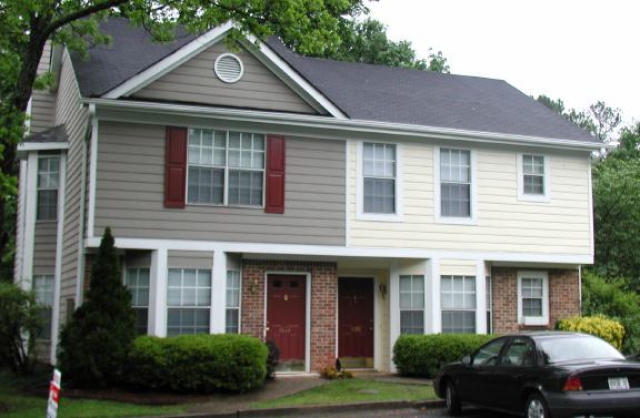When buying property, most home buyers will have a survey done to check for any damage and avoid unexpected costs. While some homes look fine on the surface there can be mysteries hidden beneath the surface. While many circumstances can be prepared for, some homes have unusual damage.
The Mole Man
In 2008 it was discovered that William Lyttle had been digging an intricate network of tunnels underneath his house in Hackney, London. Over 40 years he dug 20 metres of tunnels letting the house fall derelict. He was evicted by the local council on safety reasons when he struck a 450 volt cable and it was deemed that the network posed a danger of subsidence to his house and the surrounding area.
He claimed that he had begun by digging a wine cellar but he had simply continued digging and it doubled in size. Eventually it reached the water table which is as deep as it can possibly go. All this tunnelling resulted in an 8 foot hole
Lyttle faced a bill of £300,000 from the council in order to repair the damage to the property but unfortunately died. Despite being in ruins, when finally auctioned off the house proved to be appealing to property developers and fetched £1million due to its location and the London property market, even in home insurance didn’t cover any of the damage caused.
Outside forces
Of course it isn’t just what’s happening under a house that can affect the stability of the structure. The power of weather and wind in particular should not be underestimated. Non-profit safety organisation the Institute of Business and Home Safety (IBHS) released a video showing just how powerful wind can be.
With a brick house in a wind tunnel they are able to demonstrate that is wind speeds reach up to 130mph that the walls can come tumbling down. The demonstration showed the importance of structural integrity as when the windows break that’s when everything starts to fall apart. A house with glass intact can survive winds of up to 136mph but as soon as the glass shatters, as might happen through a flying branch in a storm.
The safety institute recommends a number of precautions which can make your house more secure and that are also recommended by a number of home insurance companies including making sure that the roof is tied to the walls and reinforcements which can create a pressurised which is far less likely to come apart when pressurised .
The chances are that the worst won’t happen but preparation for any event can provide piece of mind.
Catherine Halsey writes for a digital marketing agency on a range of subjects. This article was written on behalf of Hastings Direct.
Preparing Your Home For The Worst

